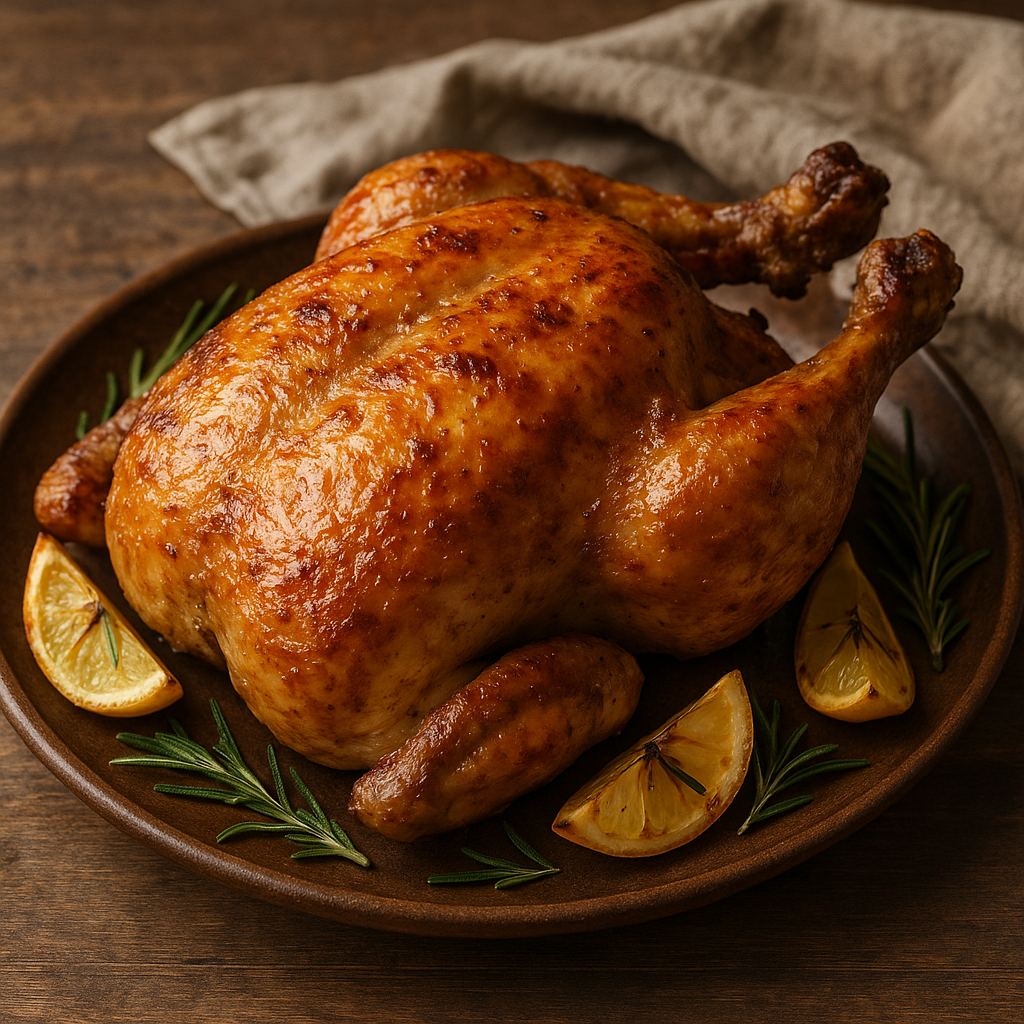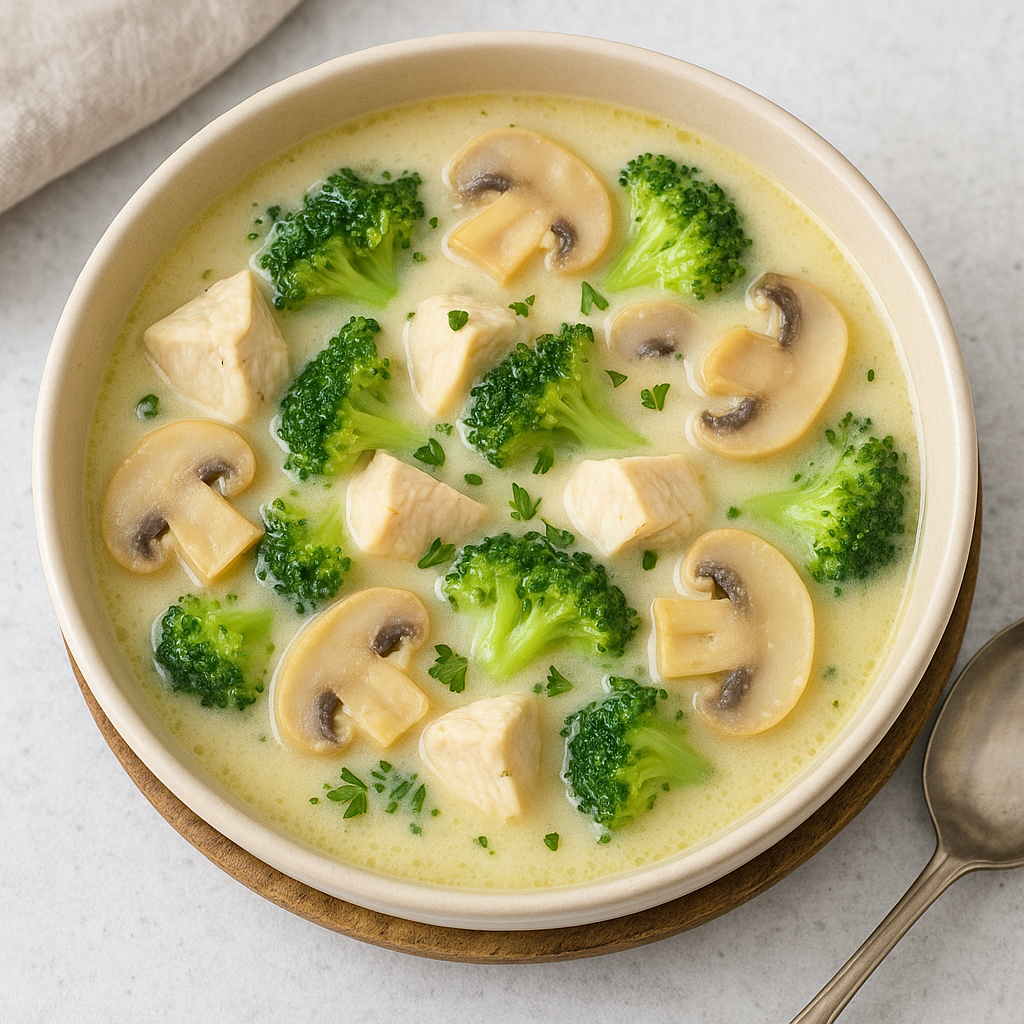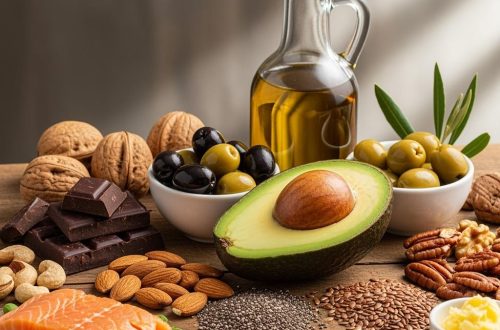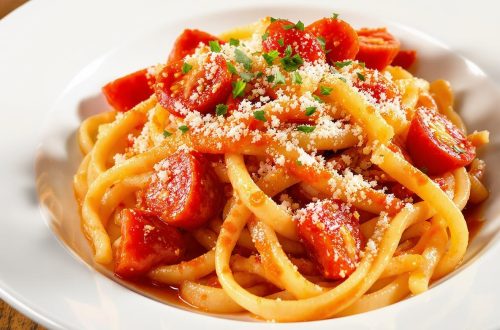Your Complete Guide to Eating Low-Carb Without Breaking the Bank
The ketogenic diet has gained tremendous popularity for its effectiveness in weight loss and potential health benefits, but many people assume that eating keto means spending a fortune on specialty foods and expensive ingredients. The truth is, you can successfully follow a ketogenic lifestyle while staying within a reasonable budget. With some strategic planning, smart shopping, and creative meal preparation, eating keto can actually be more affordable than you might think.
Understanding the Keto Basics on a Budget
Before diving into budget strategies, it’s important to understand what makes a meal truly ketogenic. The standard ketogenic diet typically consists of 70-75% fat, 20-25% protein, and 5-10% carbohydrates. This means you’ll be focusing on foods that are naturally high in healthy fats and moderate in protein while keeping carbohydrate intake very low.
The key to budget-friendly keto is recognizing that you don’t need expensive specialty products marketed as “keto-friendly.” Many whole, unprocessed foods that fit perfectly into a ketogenic framework are actually quite affordable and readily available at any grocery store.
Smart Shopping Strategies for Keto Success
One of the most effective ways to keep your keto grocery bill manageable is to shop strategically. Start by focusing on sales and seasonal produce. While vegetables aren’t the main component of a ketogenic diet, low-carb options like spinach, broccoli, cauliflower, and zucchini often go on sale and can be purchased in bulk when prices are low.
Buying in bulk is particularly beneficial for keto staples. Large bags of frozen vegetables, family packs of meat, and bulk nuts and seeds often offer significant savings per unit. Consider splitting bulk purchases with friends or family members if storage space is an issue.
Generic and store brands can provide substantial savings without compromising quality. Most grocery stores offer their own versions of basics like canned fish, olive oil, butter, and eggs at significantly lower prices than name brands. These products typically meet the same quality standards while costing considerably less.
Don’t overlook discount grocery stores, which often carry perfectly good produce, meats, and pantry staples at reduced prices. These stores can be goldmines for budget-conscious keto dieters, especially for items like avocados, nuts, and quality proteins.
Affordable Protein Sources for Keto
Protein is essential on keto, but it doesn’t have to be expensive. Eggs are perhaps the most budget-friendly keto protein available, offering complete amino acids and healthy fats at an unbeatable price point. They’re versatile enough to be eaten for any meal and can be prepared in countless ways.
Canned fish, particularly sardines, mackerel, and salmon, provides excellent omega-3 fatty acids and protein at a fraction of the cost of fresh fish. These shelf-stable options are perfect for quick meals and can be enhanced with simple seasonings and vegetables.
Chicken thighs and drumsticks are significantly less expensive than chicken breasts and actually better suited for keto due to their higher fat content. Similarly, ground beef with higher fat content costs less than lean varieties and fits perfectly into ketogenic macros.
Don’t overlook less popular cuts of meat, which are often substantially cheaper. Chuck roast, pork shoulder, and beef short ribs can be incredibly flavorful when slow-cooked and provide excellent value for money. These cuts are perfect for batch cooking and meal preparation.
Budget-Friendly Fat Sources
Healthy fats are the cornerstone of ketogenic eating, and many excellent sources are surprisingly affordable. Coconut oil, while having experienced price fluctuations, remains a versatile and cost-effective option, especially when purchased in larger containers.
Olive oil is another staple that becomes more economical when bought in larger quantities. Look for sales and stock up when prices are low, as olive oil has a long shelf life when stored properly.
Butter, particularly when on sale, provides excellent value and can be frozen for long-term storage. Many stores offer significant discounts on butter around holidays, making it an ideal time to stock up.
Avocados can be expensive when purchased individually, but buying them in bulk bags often reduces the per-unit cost significantly. Learn to buy avocados at different stages of ripeness so you’ll have them ready to eat throughout the week.
Nuts and seeds, while seeming expensive upfront, provide significant value when you consider their calorie density and nutritional profile. Focus on more affordable options like peanuts, sunflower seeds, and bulk almonds rather than exotic varieties.
Low-Carb Vegetables That Won’t Break the Bank
While vegetables aren’t the primary focus of keto, they’re important for nutrients and fiber. Fortunately, many keto-friendly vegetables are quite affordable, especially when purchased strategically.
Cabbage is incredibly versatile and inexpensive, serving as a base for everything from coleslaw to stir-fries. It stores well and can be used in numerous preparations throughout the week.
Frozen vegetables often provide better value than fresh, especially for items like broccoli, cauliflower, and spinach. They’re picked at peak ripeness and flash-frozen, often making them more nutritious than fresh vegetables that have traveled long distances.
Seasonal shopping can yield significant savings on vegetables. Summer squash, zucchini, and bell peppers are often abundant and inexpensive during their peak seasons, while winter vegetables like Brussels sprouts and cauliflower are typically more affordable in colder months.
Growing your own herbs can provide substantial savings, as fresh herbs can be quite expensive but are often used in small quantities. Basic herbs like basil, cilantro, and parsley are easy to grow and can significantly enhance the flavor of budget keto meals.
Meal Planning and Prep Strategies
Successful budget keto requires planning ahead and making the most of your ingredients. Batch cooking is particularly effective for keto meals, as many keto dishes actually improve in flavor after sitting for a day or two.
Plan meals around sales and seasonal availability. If chicken thighs are on sale, plan several meals featuring them in different preparations. This approach ensures you’re always getting the best value while maintaining variety in your diet.
Use cheaper cuts of meat in slow-cooker recipes that transform tough, inexpensive proteins into tender, flavorful meals. A pork shoulder can provide meals for several days when slow-cooked with low-carb vegetables and seasonings.
Repurpose leftovers creatively. Roasted chicken can become chicken salad, soup, or a stir-fry base. Leftover vegetables can be pureed into soups or incorporated into egg dishes for variety.
Simple, Affordable Keto Meal Ideas
Creating satisfying keto meals doesn’t require expensive ingredients or complex preparations. Egg-based meals are perfect for budget keto, whether it’s a simple scramble with cheese and vegetables or a more elaborate frittata that can provide several meals.
Tuna or salmon salad made with canned fish, mayonnaise, and celery provides an affordable, protein-rich meal that can be eaten alone or with low-carb vegetables. Similarly, egg salad offers another inexpensive option that’s both filling and nutritious.
Ground beef seasoned with affordable spices can become taco meat served over lettuce, a base for a hearty soup with low-carb vegetables, or formed into meatballs for various preparations.
Simple soups made with broth, affordable vegetables, and inexpensive proteins can be incredibly satisfying and cost-effective. Bone broth, which you can make yourself from leftover bones, provides an excellent base for numerous keto soups.
Money-Saving Tips and Tricks
Several strategies can help stretch your keto grocery budget even further. Making your own condiments and dressings eliminates the premium prices charged for specialty keto products while allowing you to control ingredients and customize flavors.
Buying whole chickens and learning to break them down yourself can provide significant savings compared to purchasing individual parts. The bones can then be used to make nutrient-rich bone broth.
Don’t waste vegetable scraps; many can be used to make flavorful broths that serve as bases for soups and other dishes. Onion peels, celery leaves, and herb stems all contribute to flavorful homemade stocks.
Consider joining wholesale clubs if you have adequate storage space and can commit to larger quantities. The per-unit savings on items like olive oil, nuts, and frozen vegetables can be substantial for families or individuals willing to buy in bulk.
Conclusion
Following a ketogenic diet on a budget is not only possible but can actually be quite affordable with the right approach. By focusing on whole, unprocessed foods, shopping strategically, and preparing meals at home, you can enjoy all the benefits of ketogenic eating without straining your finances.
The key is to shift your mindset from seeking out expensive specialty products to appreciating the natural abundance of affordable, keto-friendly whole foods. With some planning and creativity, budget-friendly keto can become a sustainable and enjoyable way of eating that supports both your health goals and your financial wellbeing.
Remember that the most expensive diet is the one that doesn’t work for you long-term. By making keto affordable and sustainable, you’re more likely to stick with it and achieve your health goals while maintaining financial stability.





